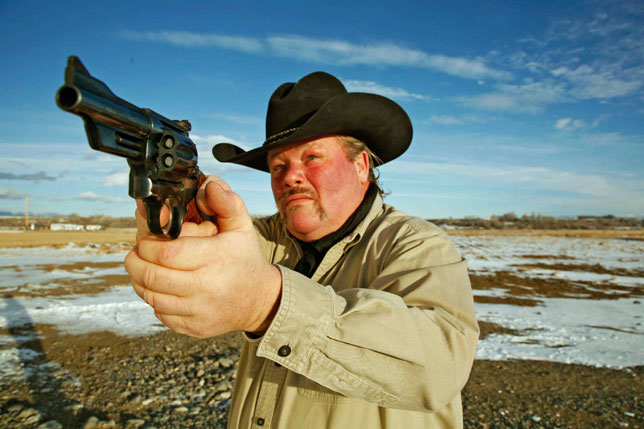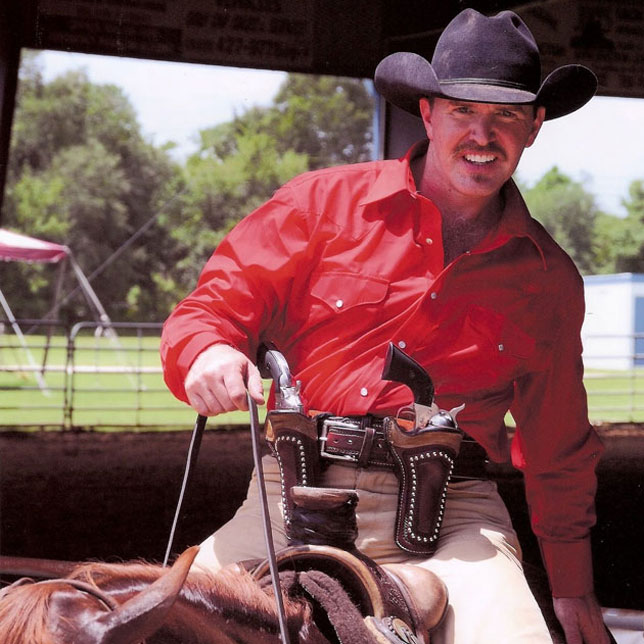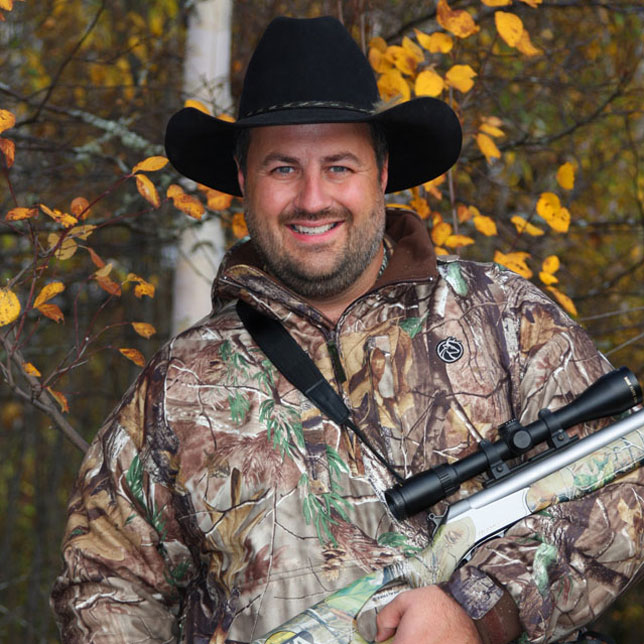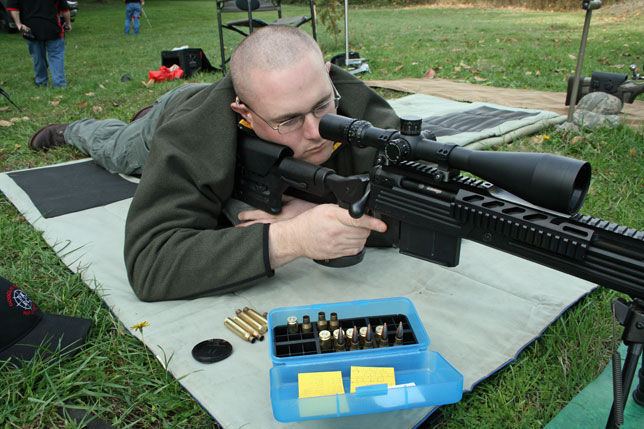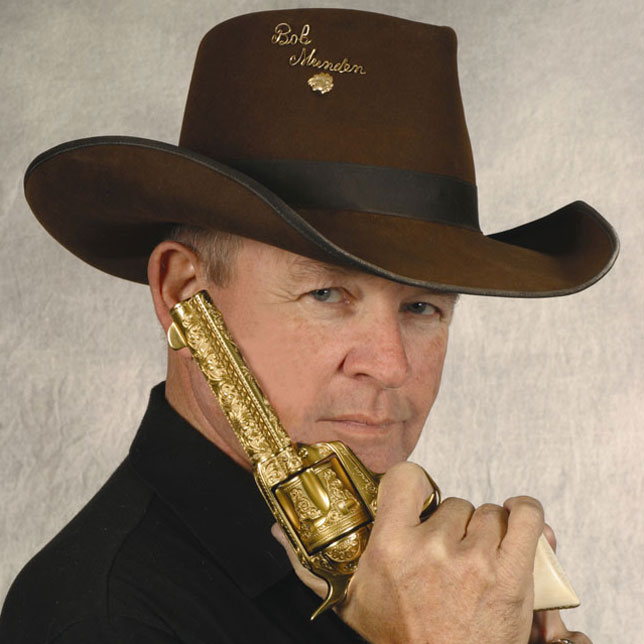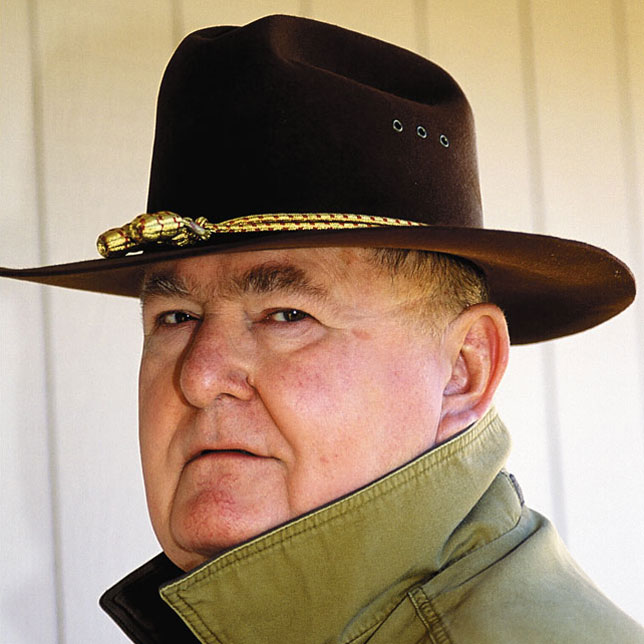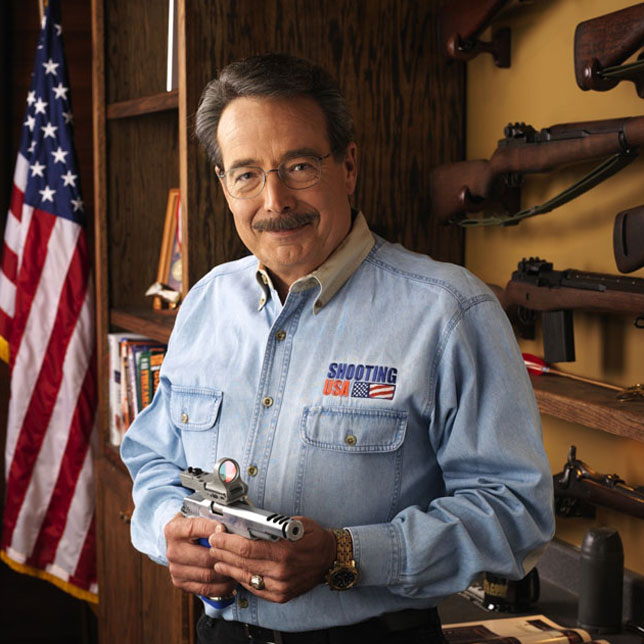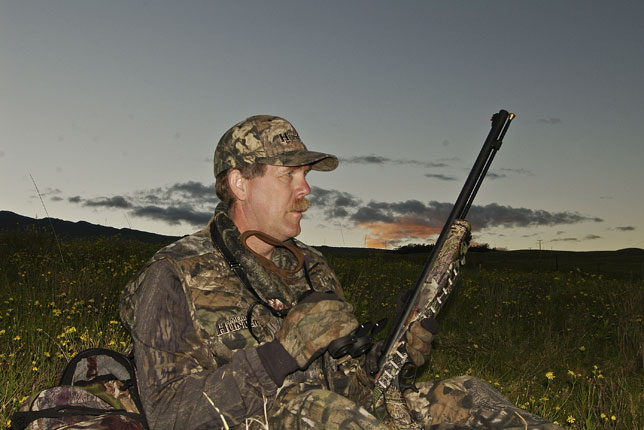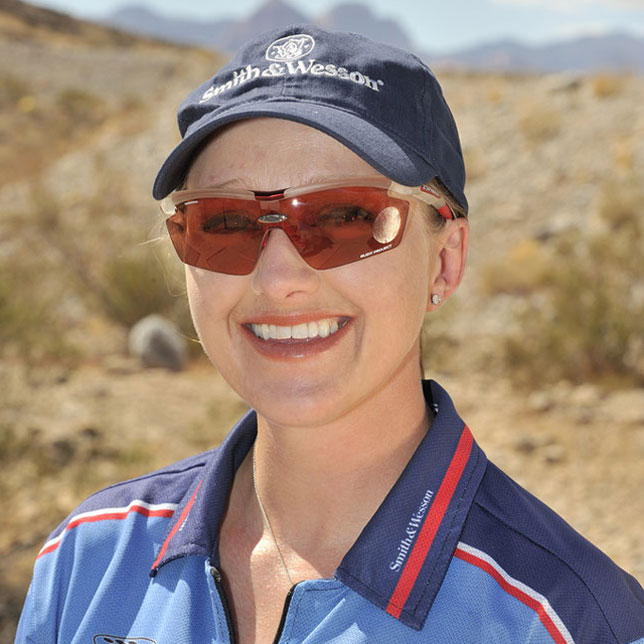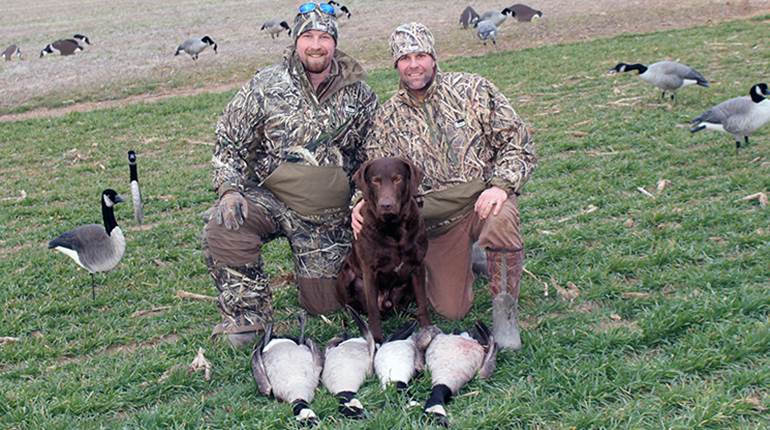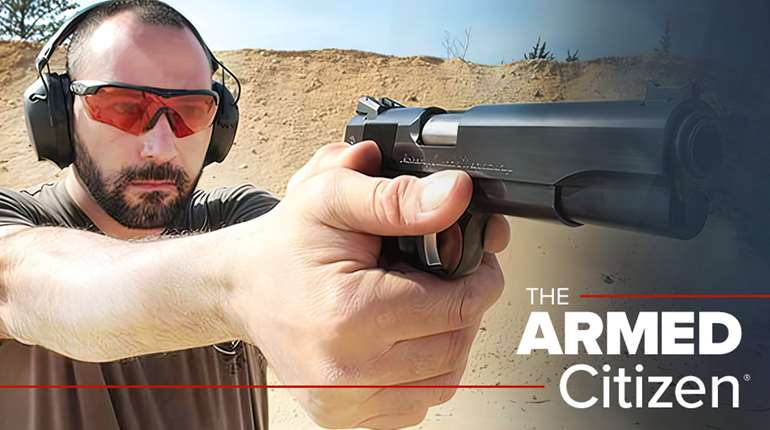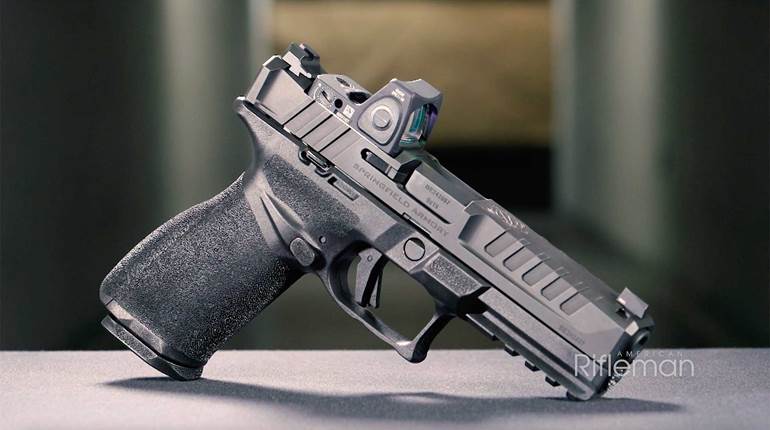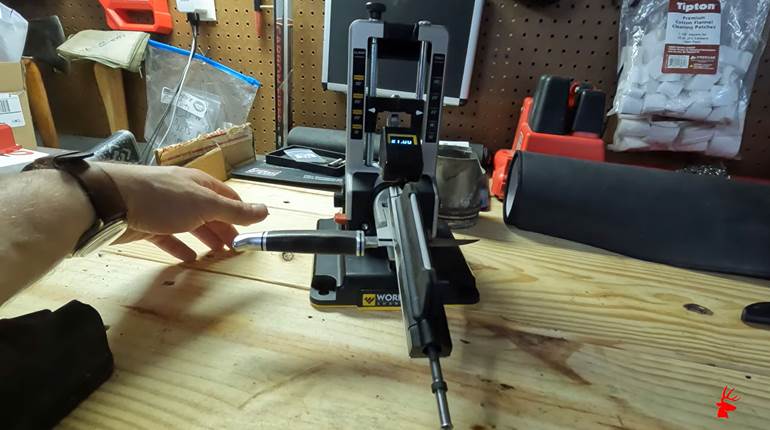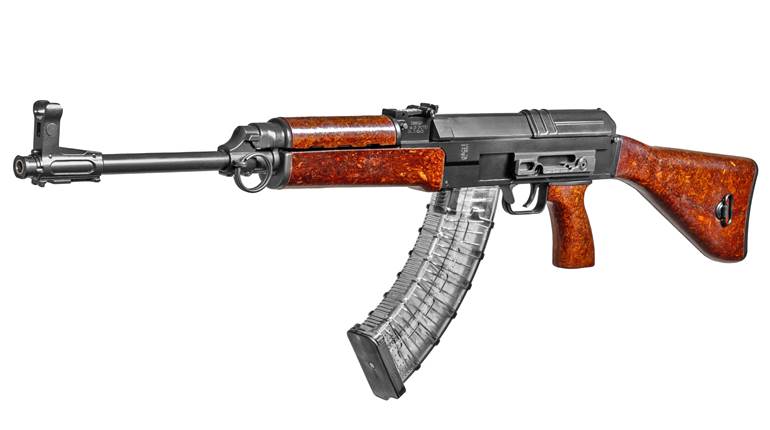Although many shooters and hunters have suggested to me the value of high-quality glass, it's been the many self-taught, in-the-field "lessons" through the years that have driven that point home—hence the reason for my sharing the information here. That is not to say all inexpensive glass is inferior; it's not, as I've used value-priced optics that have withstood even my hardest-recoiling rifles without issue. But, such is not always the case, so think about its use before purchase. What if your rifle takes a sharp blow, falls, is dropped, or is jarred en route? The question is: Will it withstand the abuse? The next question, then, is what is your time, hunt or competition worth? Would you regret the purchase if a trophy—animal or award—is lost due to an unreliable optic?
It is also at dawn and dusk, and during inclement weather and heat, that an optic's price tag makes a real difference. Here are a few additional things to consider. Will it fog? Is it waterproof? Are water droplets displaced, or will they remain in place obstructing your view? What about mirage? How good is light transmission? Any one of these could ruin an otherwise good day. Plus, if you're using a heavy-recoiling rifle, take the eye-relief into consideration? Choose wrongly you'll have a scar to show for it. All of these are considerations when selecting an optic.
As such, choosing an optic shouldn't be taken lightly. Think of an optic as a lifetime investment. Buy the best you can—even if you must delay a purchase to save—and you'll be rewarded in the field and on the range.
Aaron Carter, American Rifleman Managing Editor

